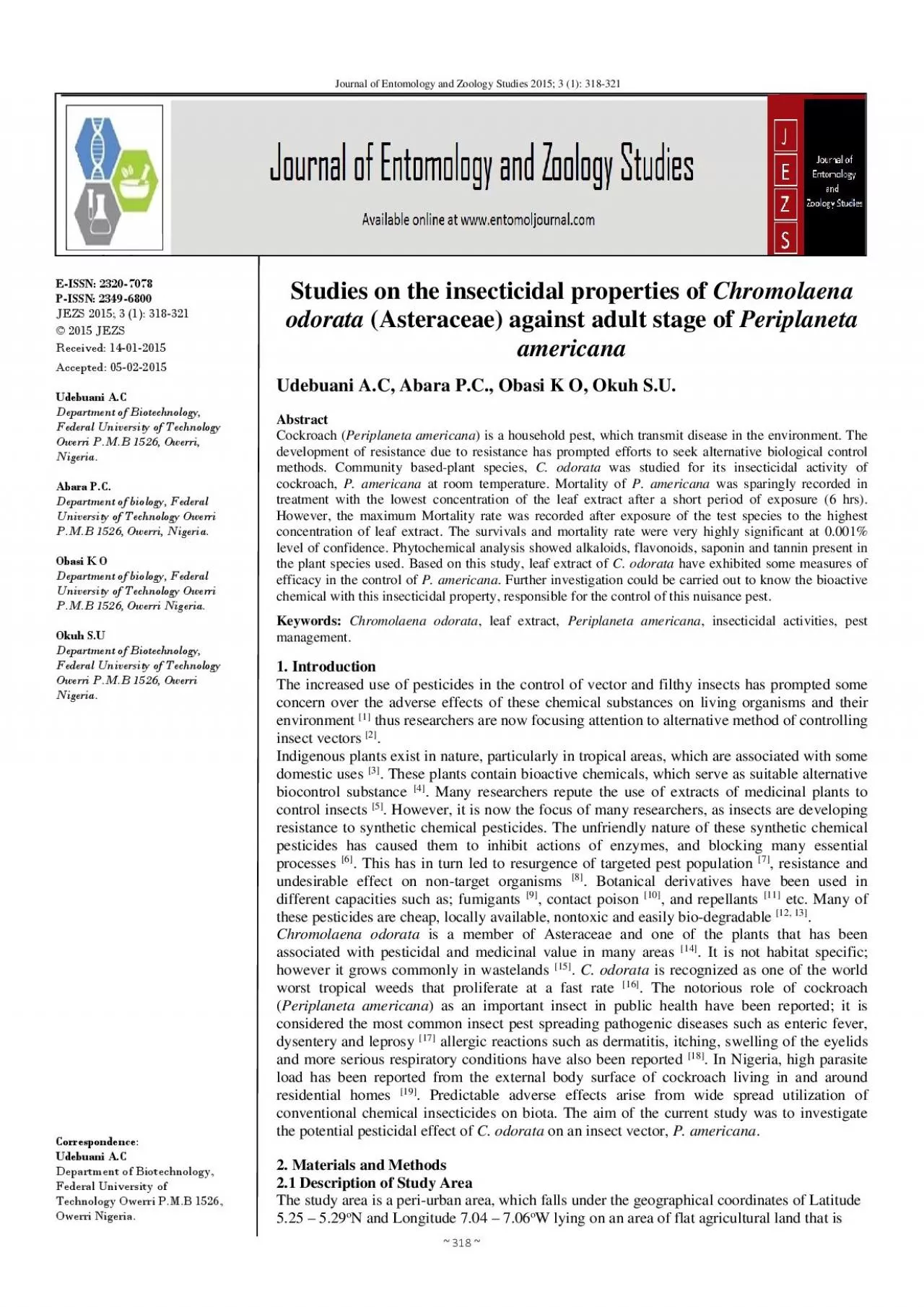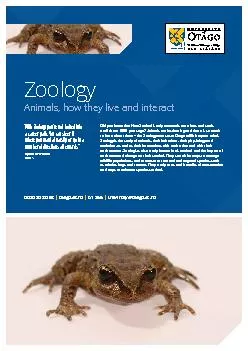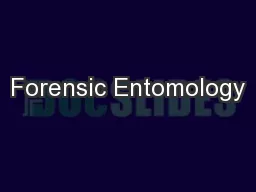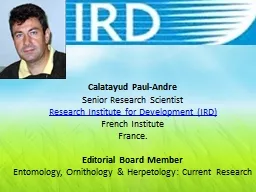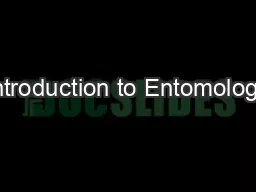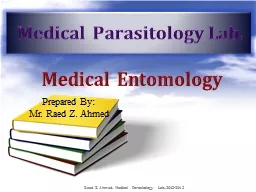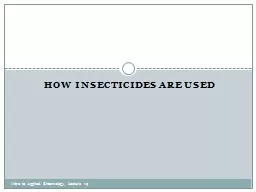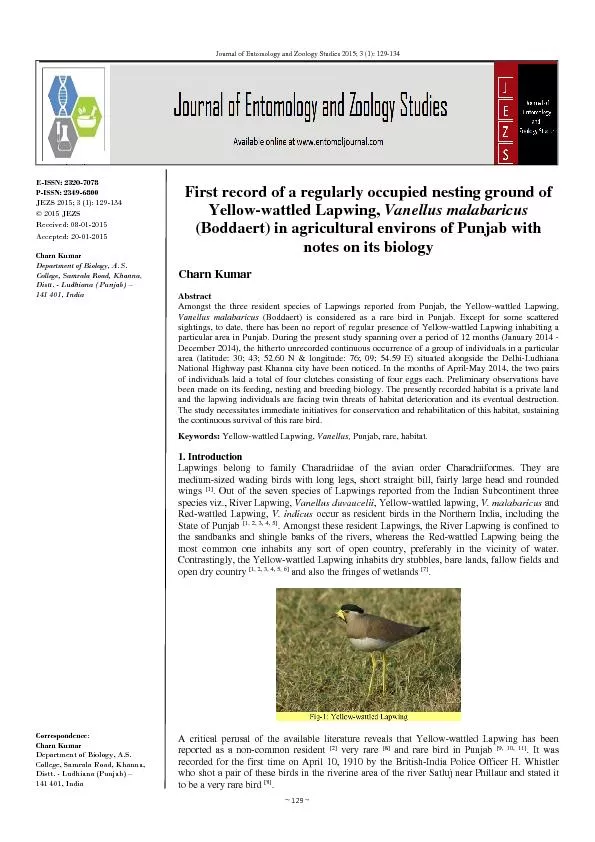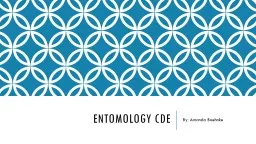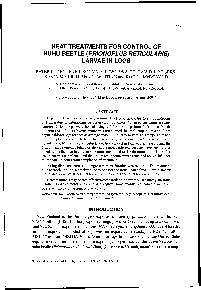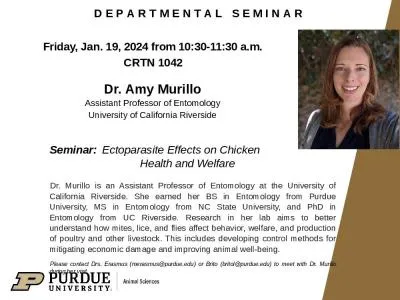PDF-Journal of Entomology and Zoology Studies 2015 3 1 318321EISSN
Author : wang | Published Date : 2022-10-29
318 319Journal of Entomology and Zoology Studies gradually being transformed to urban area The climate falls under type AW in the KopperGeiger classification of
Presentation Embed Code
Download Presentation
Download Presentation The PPT/PDF document "Journal of Entomology and Zoology Studie..." is the property of its rightful owner. Permission is granted to download and print the materials on this website for personal, non-commercial use only, and to display it on your personal computer provided you do not modify the materials and that you retain all copyright notices contained in the materials. By downloading content from our website, you accept the terms of this agreement.
Journal of Entomology and Zoology Studies 2015 3 1 318321EISSN: Transcript
Download Rules Of Document
"Journal of Entomology and Zoology Studies 2015 3 1 318321EISSN"The content belongs to its owner. You may download and print it for personal use, without modification, and keep all copyright notices. By downloading, you agree to these terms.
Related Documents

